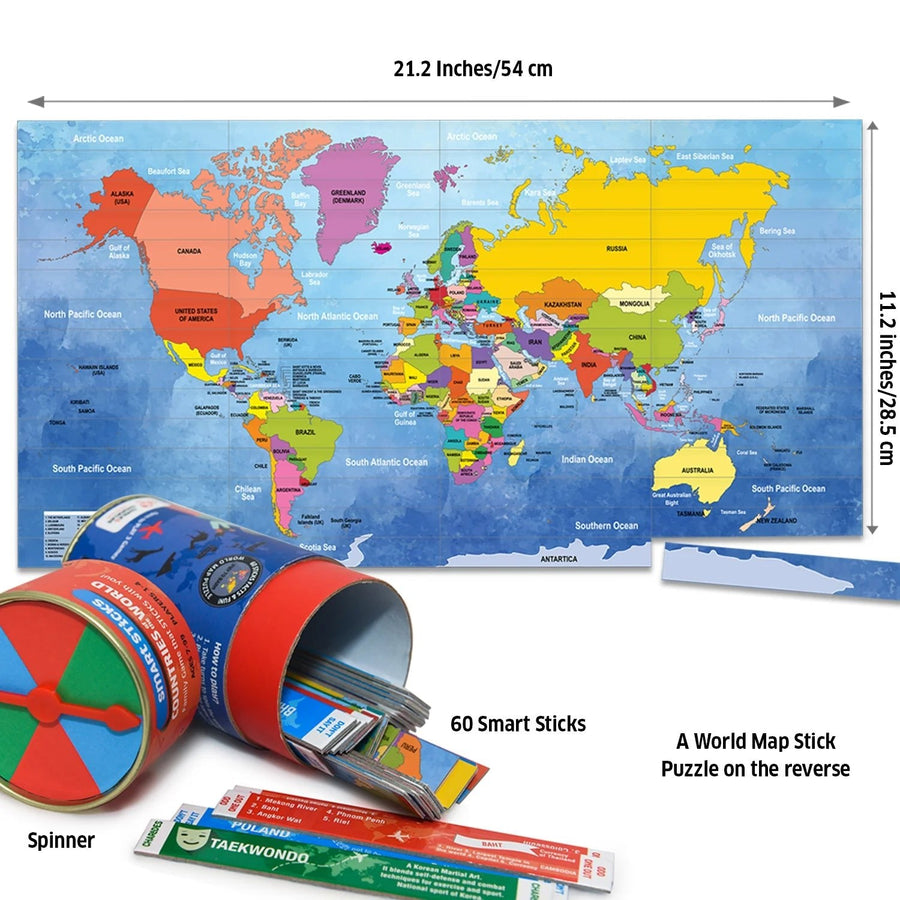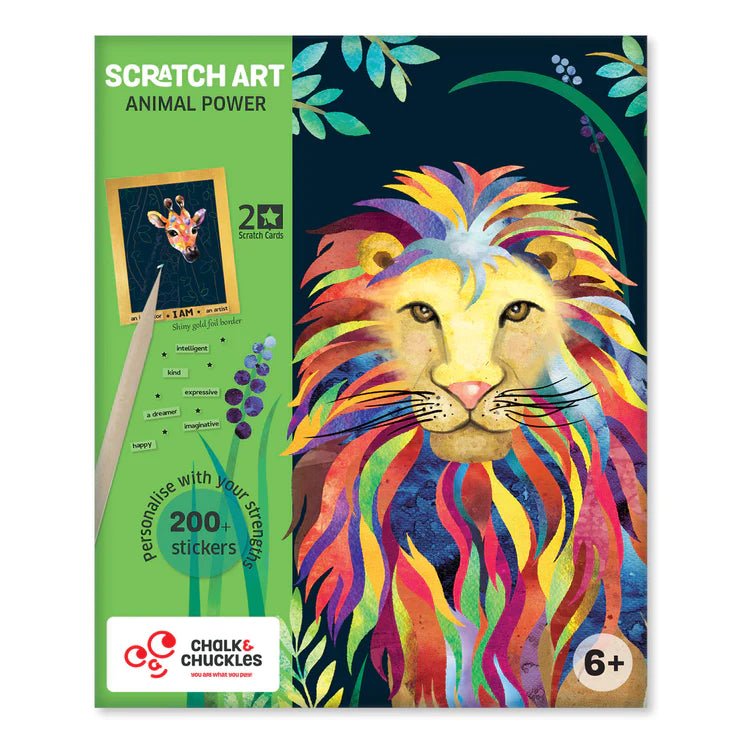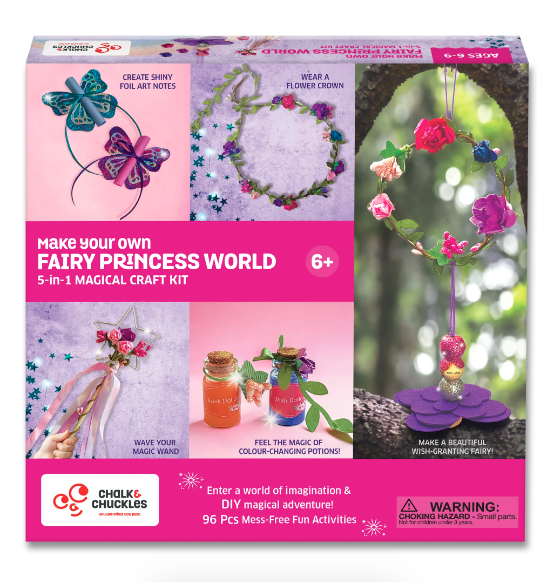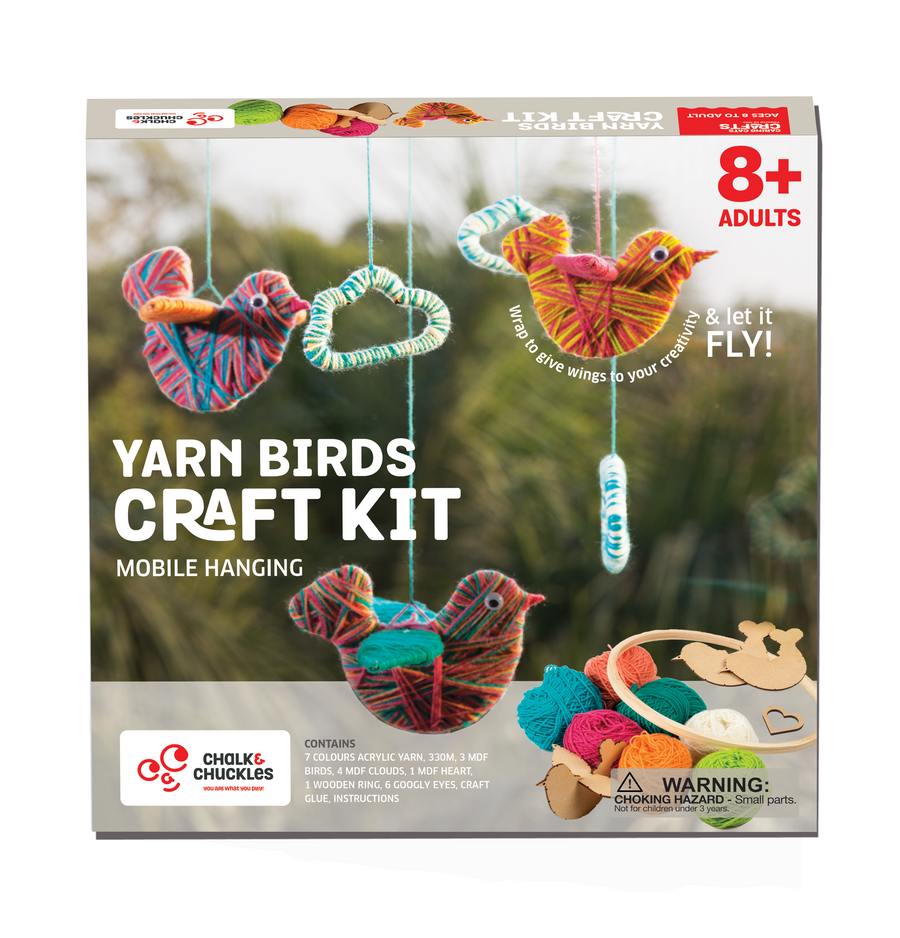Picture a group of children huddled around a board game, strategizing their every move; or a lively pack of preschoolers pretending to run a bustling restaurant, serving imaginary pancakes and chocolate milk. These are examples of cooperative play, where friendships bloom, and learning and fun go hand in hand.
Cooperative play is more than just children playing together. It's about working as a team, solving problems together, and building their communication skills. Whether it's sharing the crayons during an art project or combining efforts to build the tallest block tower, cooperative play fosters a sense of togetherness. And the best part? While the kids plunge into this magical world of teamwork, they're also sharpening their social and cognitive abilities.
Now, let's explore some of the exciting ways cooperative play can look, with helpful ideas and tips to turn everyday playtime into an opportunity for growth.
What Does Cooperative Play Look Like?
Cooperative play is a form of play where kids work collaboratively toward a shared goal or activity instead of playing individually or side-by-side. It can include:
- Problem-solving together: Completing a puzzle as a team.
- Role-playing: Acting out scenes in a pretend kitchen, school, or doctor's office.
- Collaborative building projects: Constructing cities, forts, or villages with building sets.
- Games with shared rules: Playing a round of hide-and-seek or a board game.
Through cooperation, kids learn essential life skills, like turn-taking, communication, empathy, and flexibility. Plus, it can be enormous fun!
*Chalk and Chuckles games are perfect for promoting cooperative learning and play!*
Benefits of Cooperative Play
Here's why this play style stands out as a superstar in childhood development:
- Social Skills Development: Kids learn to share, negotiate, and empathize during collaboratively structured activities.
- Teamwork and Collaboration: Activities requiring group effort boost teamwork and collaboration skills.
- Problem-Solving: Deciphering how to reach a shared goal enhances critical thinking.
- Confidence Boost: Successfully completing a collaborative task builds self-esteem and encourages kids to feel comfortable working with others in the future.
Now, let's break down some amazing types of cooperative play, their benefits, and tips for encouraging your little learners.
Types of Cooperative Play (and How to Make the Most of Them)
1. Games
Picture the smiling faces of kids cheering each other on during a board game. From classics to kid-friendly strategy games, board games are a fantastic way to encourage collaborative learning. Kids practice turn-taking, patience, and strategic thinking as they play.
Recommended Activities:
- Basic board games can often be adapted to have partner options for the little ones.
- Team-based strategy games or trivia games for older kids.
Parent Tip: Focus on the process rather than winning. Model good sportsmanship by celebrating all participants' efforts—even the "loser's" superhero effort!
*Discover Chalk and Chuckles games to inspire friendly play!*
2. Puzzles
Crack open that large floor puzzle or challenge kids with interlocking jigsaw pieces! Puzzles encourage collaborative problem-solving as kids discuss and decide together where each piece fits. Puzzles also build spatial awareness, critical thinking, and patience.
Parent Tip: If things get frustrating, encourage kids to take a breather, then guide them to break the puzzle into smaller parts to tackle one section at a time.
*Discover puzzles to build friendships*
3. Pretend Play (or Dramatic Play)
This is where imaginations run wild, and life lessons abound. Whether they're running a pretend restaurant, playing "doctor and patient," or staging their own superhero drama as caped crusaders, kids explore real-world scenarios while strengthening creativity and communication skills.
Recommended Setting: Stock a corner with props like play food, costumes, or toy cash registers to level up their pretend play world.
Parent Tip: Join in! Play customers to their café or passengers on their imaginary rocket ship. Your participation adds layers of interaction.
*Explore our Pretend Play Collection to inspire cooperative fun!*
4. Arts and Crafts
Every masterpiece begins with just a splash of color! Craft projects are a wonderful way for kids to collaborate, as they brainstorm, plan, and create together.
Activity Examples:
- Group murals on oversized paper.
- Building sculptures from clay, pipe cleaners, or paper.
- A buffet of craft supplies (kits, markers, paint, paper, scissors, stamps, pipe cleaners, clay, string, and more) for creative explorations.
Parent Tip: Be ready for a (fun) mess! Keep wipes and aprons handy, and aim to praise effort over perfection.
*Explore our Arts and Crafts Collection to inspire creative fun for friends!*
5. Active Play
Kids love to move, and what better way to strengthen teamwork than through active, cooperative games? Think obstacle courses, relay races, or treasure hunts. Physical activities not only improve their motor skills but also teach collaboration and shared success.
Examples:
- Tug-of-war that emphasizes teamwork.
- "Follow the Leader" with dance moves.
- Chalk and Chuckles Stepping Stones Game
- Parachute Games: Watch teamwork lift the parachute high to create a billowing mushroom or catch bouncing balls in unison. You can use a large sheet; no fancy parachute is needed.
- Capture the Flag: A thrilling mix of strategy and speed, where players collaborate to retrieve the other team's flag without getting tagged.
- Pass the Hula Hoop: A circle of friends can wriggle, twist, and laugh while trying to put their body through a hula hoop as they move it around the group without breaking the chain of hands.
Parent Tips: Infuse a bit of storytelling magic into these activities! Pretend the parachute is a portal to a faraway land or the flag is a precious artifact that must be rescued. Kids love a touch of whimsy to spark their imaginations! Keep activities inclusive. Rotate leaders during "Follow the Leader" and keep everyone engaged, hopping, skipping, or cartwheeling toward the finish line!
Jump for joy while exploring our Active Play Collection!
6. Small World Play
Mini figures, tiny houses, and a sprinkle of creativity used in small-world play allows kids to work together to create imaginary worlds on a micro-scale. Kids build empathy by acting out kindness and understanding between pretend characters.
Toy Tie-In: Bring out toy animals, dollhouses, or miniature dinosaurs for endless possibilities!
- Jurassic Jungle Adventure: Create a prehistoric wonderland by mixing miniature dinosaurs with fake foliage or house plants. Add small rocks, twigs, and even toy volcanoes for extra drama. Kids can roleplay as brave explorers navigating the wild terrain or as dinosaurs embarking on their own ancient escapades.
- Magical Fairy Kingdom: Set up a whimsical fairy village with tiny fairy houses, sparkling gems, and flower petals. Use a little craft glitter to create "fairy dust" trails. Kids can imagine fairies holding celebrations, solving magical mysteries, or simply living their enchanted daily lives.
- Arctic Animal Rescue: Transform a shallow tray or container into a snowy tundra using cotton balls, white paper, or shaving cream. Place toy figurines: polar bears, penguins, and seals in this icy landscape. Encourage kids to invent heartwarming stories of helping stranded animals or braving arctic adventures!
Parent Tip: Encourage storytelling during small-world play. "What's Mr. Bear doing today?" or "What adventure are the explorers on?"
*You can find BIG fun in our Small World Play Collection!*
Dealing with Common Pain Points
Cooperative play isn't always smooth sailing. Here's how to handle a few common hiccups:
- Disagreements: Teach kids to share their feelings constructively and practice compromise.
- Shy Participants: Encourage quieter kids by assigning roles they're comfortable with, letting them grow into the activity at their own pace.
- Too Competitive: Reframe challenges as team-oriented goals rather than individual wins. Proclaim the group as "Team Awesome!"
Cooperative play offers children so much more than smiles and giggles (although those are important too!). It helps them develop essential skills like communication, teamwork, and problem-solving while forming stronger friendships and mounds of confidence.
Want to foster more creative and cooperative play in your home or classroom? Start by introducing activities and toys that allow kids to explore, collaborate, and thrive. And remember, learning is better when it's together.
Happy playing!















